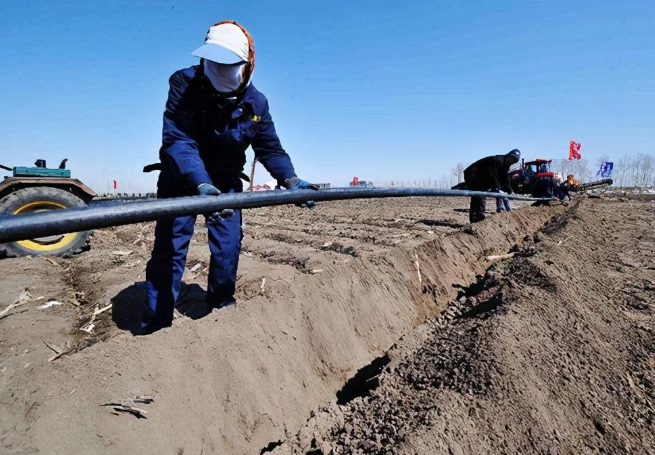Because of its distinct advantages, PE tube is widely used in various fields and is used by more and more people.
Recently, after the start of winter, the temperature across the country continues to fall, especially in the northern cold areas. The winter temperature is dozens of degrees below zero, and now some people have put on thick cotton clothes, so what are the winter measures of our PE tube? Do we also give it a layer of thick "cotton clothes"? "Cotton clothing" is obviously not used. The application standard of PE tube in winter, you can talk about it.
China HDPE parts factory has accumulated numerous years of experience in the PE pipe industry, reminding you to pay attention to the following points in winter use:
Protective measures of PE pipe in winter:
Pipeline protection: In winter, extra care should be taken to move the pipeline. In cold weather, PE pipes are also prone to cracking. PE pipes cannot fall from elevated places or be hit by heavy objects.
Closely regulate product movement, transportation, loading and unloading management, avoid falling, rolling, towing, to prevent product injury. Especially during the uninstall process, be sure to handle it with care. After transportation to the construction site, it should be correctly kept to prevent contact and friction between the pipeline and sharp objects. Personnel shall not step on the pipeline, because the above behavior will lead to cracks and internal injuries in the inner wall of the pipeline, and several pipe bursts will occur in the process of use.

PE pipe construction points for attention in winter:
1, low temperature anti-freezing: PE pipeline below 0 degrees in installation, pressure test, water will freeze the pipe, pipe fittings. It should be noted that no water should be accumulated in the pipeline after installation and pressure test, so as not to freeze the pipeline. Pay attention to pipe insulation.
2, low temperature welding: when the ambient temperature is below 5 degrees Celsius, there should be measures for welding: such as preheating and gradual cooling when installing pipes, so as to avoid pipe cracking and other phenomena.
Precautions for PE pipe excavation in winter
1. The depth of local frozen soil should be considered in trench excavation. The pipe must be buried below the frozen soil layer, and the buried depth of the pipe is typically below 1.2 ~ 1.5 meters. The trench excavation width shall be subject to the outer diameter of the pipeline, and the trench bottom width shall be subject to the outer diameter of the pipeline plus 300mm. It is not allowed to step on the pipeline artificially during construction.
2, the bottom of the ditch should be smooth, no stones, bricks and other debris. If there are sharp objects, it is necessary to dig 10cm and fill sand and tamp the pipes before installation.
PE pipe laying precautions in winter
1, before the pipeline, check whether the pipeline is damaged.
2, the construction needs to be handled lightly, it is strictly prohibited to barbaric construction.
3. It is strictly prohibited to throw pipes and fittings at will.
Precautions for construction in special weather:
1, low temperature weather: low temperature construction personnel safety problems: when the temperature is low, people will add clothes to keep warm, but wear extra clothes and cold make the body stiff, awkward movement. Staff should always pay attention to keeping warm and careful, pay attention to their own safety.
2, strong wind: the wind in winter will produce numerous problems, strong wind weather should pay attention to the transport pipeline and loading and unloading pipeline, transport pipeline in strong wind weather, should be careful driving, the pipeline fixed safely, in the loading and unloading pipeline, should always pay attention to the safety of loading and unloading, to avoid unnecessary losses.
3. Rain and snow weather: it will cause considerable difficulties to the construction, such as: ice on the surface of the pipeline, mud and water when freezing, etc. Avoid installing pipes in rain or snow.